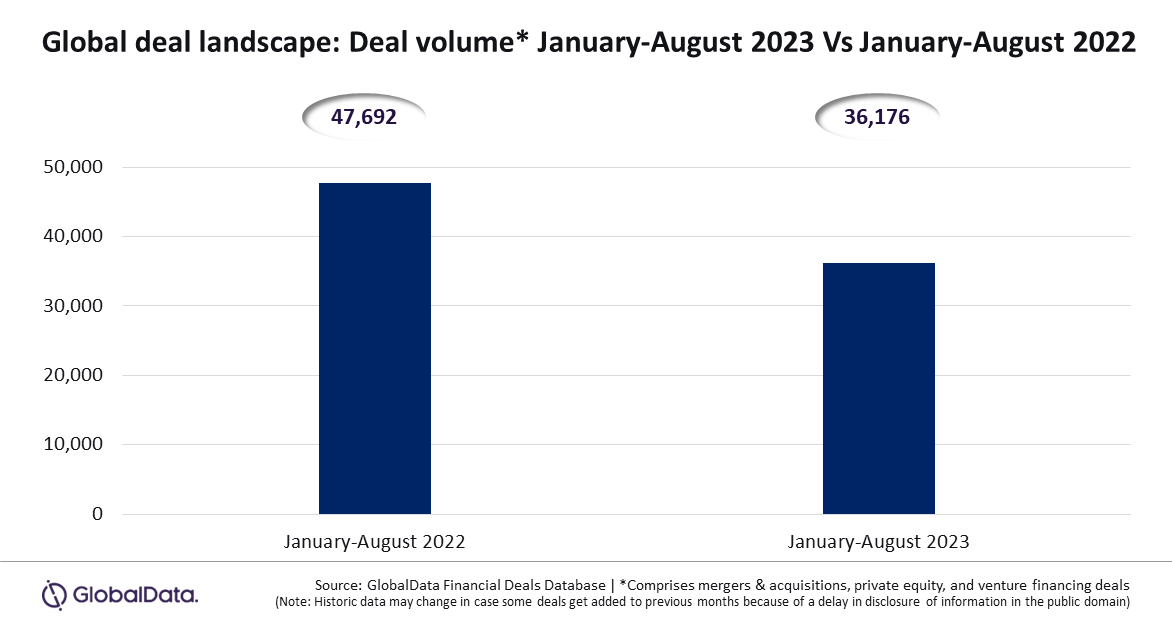Declining Canadian Interest In Electric Vehicles

Table of Contents
High Purchase Prices and Affordability Challenges
One of the most significant hurdles to widespread EV adoption in Canada is the relatively high purchase price of electric vehicles. Compared to gasoline-powered vehicles, EVs often come with a substantially higher upfront cost, making them inaccessible to many Canadians. This is further exacerbated by a perceived lack of, or insufficient, government incentives in some provinces. The federal government's incentives help, but regional disparities exist.
- Price Comparison: The average price of an EV in Canada significantly exceeds that of a comparable gasoline car. This price gap represents a considerable barrier for budget-conscious consumers.
- Tax and Import Fees: Taxes and import fees add to the overall cost of EVs, making them even less affordable for many potential buyers.
- Limited Affordable Models: While the number of EV models available is growing, the range of affordable options remains limited, hindering wider adoption among lower-income demographics.
Range Anxiety and Charging Infrastructure Limitations
Range anxiety – the fear of running out of battery power before reaching a charging station – remains a significant concern for potential EV buyers in Canada. This is compounded by the uneven distribution of EV charging stations, particularly in rural areas and across vast distances between cities. The lack of reliable charging infrastructure significantly limits the practicality of EV ownership for many Canadians.
- Driving Range Discrepancies: While EV range is constantly improving, it still generally falls short of the range offered by gasoline cars, particularly for longer journeys.
- Uneven Charging Infrastructure: Canada's EV charging infrastructure is still developing. While urban areas boast a growing network of charging stations, rural areas often lack access to reliable charging, hindering EV adoption outside major cities. This affects long-distance EV travel Canada significantly.
- Long-Distance Travel Challenges: Long-distance travel remains a major concern for many potential EV buyers. The time required for charging and the availability of charging stations along major routes pose considerable challenges.
Concerns about Battery Life, Maintenance, and Environmental Impact of Production
Concerns surrounding battery life, maintenance costs, and the environmental impact of EV battery production also play a role in hindering wider adoption. While the technology is constantly advancing, these remain valid concerns for many consumers.
- EV Battery Lifespan: EV batteries have a limited lifespan, and replacement costs can be substantial, adding to the overall cost of ownership.
- Battery Replacement Costs: The cost of replacing an EV battery can be prohibitively expensive, potentially deterring consumers from purchasing EVs.
- Environmental Impact of Mining: The mining of materials required for EV battery production has environmental consequences, including habitat destruction and pollution. This needs to be addressed through increased battery recycling initiatives.
- Battery Recycling Initiatives: While battery recycling programs exist in Canada, their widespread implementation and effectiveness are still under development.
Competition from Other Transportation Options and Shifting Consumer Priorities
The increasing popularity of alternative transportation options such as public transit and ride-sharing services also impacts the demand for private vehicles, including EVs. Furthermore, shifting consumer priorities – often favouring affordability over environmental considerations – further contribute to the slower-than-expected adoption of electric vehicles in Canada.
- Public Transportation Popularity: The availability and affordability of public transportation in major Canadian cities provide viable alternatives to car ownership for many residents.
- Ride-Sharing Affordability: Ride-sharing services offer a convenient and often more affordable option for short trips, particularly in urban areas.
- Consumer Preferences: Economic factors often override environmental concerns for many Canadian consumers, impacting their purchasing decisions regarding vehicles.
Rekindling Canadian Interest in Electric Vehicles: A Call to Action
The perceived decline in Canadian interest in electric vehicles stems from a complex interplay of high purchase prices, range anxiety, concerns over battery life and environmental impact, and competition from alternative transportation options. However, addressing these challenges presents significant opportunities. Increased government incentives, targeted at making EVs more affordable, coupled with a substantial expansion of the charging infrastructure network, particularly in rural areas, are crucial steps. Furthermore, increased consumer education surrounding the total cost of ownership, including factors like reduced maintenance and fuel costs, can help sway potential buyers.
Learn more about electric vehicles in Canada and explore the benefits of electric vehicle ownership. Discover available electric vehicle incentives in your province and consider the long-term environmental and economic advantages. The future of transportation in Canada depends on a collaborative effort to overcome these challenges and embrace the potential of electric vehicles.

Featured Posts
-
 Juliette Binoche Cannes Film Festival Jury President 2025
Apr 27, 2025
Juliette Binoche Cannes Film Festival Jury President 2025
Apr 27, 2025 -
 Market Volatility Forces Dow To Postpone Major Canadian Project
Apr 27, 2025
Market Volatility Forces Dow To Postpone Major Canadian Project
Apr 27, 2025 -
 Mc Cook Jewelers Helping Hand Nfl Players Find New Beginnings
Apr 27, 2025
Mc Cook Jewelers Helping Hand Nfl Players Find New Beginnings
Apr 27, 2025 -
 Ariana Grandes New Hair And Tattoos Seeking Professional Help For Transformation
Apr 27, 2025
Ariana Grandes New Hair And Tattoos Seeking Professional Help For Transformation
Apr 27, 2025 -
 Jugadoras De La Wta Recibiran Pagos Por Licencia De Maternidad
Apr 27, 2025
Jugadoras De La Wta Recibiran Pagos Por Licencia De Maternidad
Apr 27, 2025
Latest Posts
-
 Final Hudsons Bay Stores 70 Off Liquidation Event
Apr 28, 2025
Final Hudsons Bay Stores 70 Off Liquidation Event
Apr 28, 2025 -
 Hudsons Bay Closing Sale Deep Discounts On Remaining Inventory
Apr 28, 2025
Hudsons Bay Closing Sale Deep Discounts On Remaining Inventory
Apr 28, 2025 -
 The U S Dollars First 100 Days A Historical Comparison
Apr 28, 2025
The U S Dollars First 100 Days A Historical Comparison
Apr 28, 2025 -
 U S Dollars Troubled Start Parallels To The Nixon Presidency
Apr 28, 2025
U S Dollars Troubled Start Parallels To The Nixon Presidency
Apr 28, 2025 -
 Nixons Shadow A Look At The Current U S Dollars Performance
Apr 28, 2025
Nixons Shadow A Look At The Current U S Dollars Performance
Apr 28, 2025
